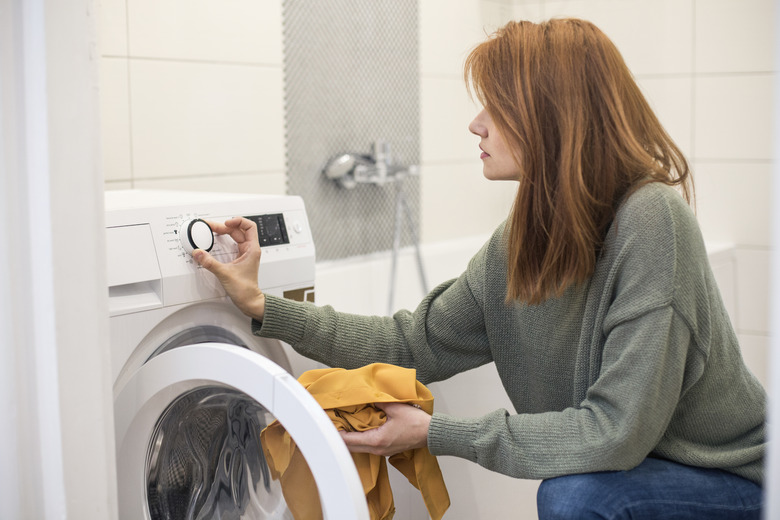How To Winterize A Washing Machine
As the leaves start to turn and you feel a nip in the air, you know it's time for two things – to get ready for the holiday season and to winterize the washing machine. Okay, maybe the latter isn't at the top of your cold weather to-do list, but if you have a washing machine that will be exposed to below-freezing temperatures, you'll need to winterize it to guard against damage. There are two methods to winterize and store your washer. You can either drain all water from the machine or add RV antifreeze to prevent freezing.
Why You Need to Winterize a Washing Machine
Why You Need to Winterize a Washing Machine
Perhaps you are storing a washer and dryer outside or in an unheated basement. Maybe you're closing up your summer home for the winter. In either scenario, you have a washing machine that will be exposed to below-freezing temperatures. Washing machines, even if they are not in use, have residual water in the hoses and pump that are liable to freeze in cold weather. When water freezes, it expands, and expanding water in a washing machine can damage the pump or inlet valves. What's worse, your warranty could be invalidated if your washing machine sustains damage because it was exposed to freezing temperatures without having been winterized. Winterizing your washing machine will prevent this damage by either removing the residual water or mixing it with RV antifreeze.
How to Winterize Your Washer by Draining the Fluids
How to Winterize Your Washer by Draining the Fluids
One way to winterize your washing machine is to drain the machine of all water. Start by turning off the water supply faucets. Then, disconnect the hoses from the water supply and allow the water in the hoses to drain out. Next, remove the washer drain hose from the drain opening. The drain hose is the hose that is connected to the drain port at the bottom of the washer and to the drain opening in your home. Lay the drain hose on the floor, leaving the hose connected to the drain port, and drain the water from the hose into a shallow pan. Once you clear all hoses, tilt front of the washing machine about 4" to 6" to drain any extra water in the pump.
When you're ready to put your machine back in use, allow it to sit at room temperature for 24 hours. Then, just reconnect the hoses to the faucets and drain and turn the water supply faucets on again.
How to Freeze Proof Your Washing Machine With RV Antifreeze
How to Freeze Proof Your Washing Machine With RV Antifreeze
You can also winterize your washing machine using an RV-type antifreeze. The antifreeze will prevent any water in the machine from freezing. Start by shutting off the water faucets, disconnecting the water hoses and allowing the hoses to drain. Then put 1 quart of the RV-type antifreeze in the basket. RV antifreeze is propylene glycol-based and is non-toxic, so is safe to use in the washing machine. Run the washer for about 30 seconds to mix the antifreeze with any water that remains in the pump. Finally, unplug the washer or turn off power.
When you are ready to use your washing machine again, after you reconnect the power, run water through the water pipes and hoses to flush the hoses. Then, reconnect the water hoses and turn on the water faucets. Run your washer through a full, extended cycle to remove the antifreeze using detergent or vinegar.
